The plum blossom, known as meihua in Chinese, has long been a symbol of resilience and elegance in East Asian culture. Unlike the showy peony or the delicate cherry blossom, the plum flower blooms in the depths of winter, often pushing through snow and frost to reveal its delicate petals. This unique characteristic has made it a favorite subject among poets and scholars for centuries, embodying the very essence of what it means to possess unyielding spirit in the face of adversity.
In classical Chinese poetry, the image of the plum blossom frequently appears as a metaphor for the ideal scholar. These verses often depict the flower standing alone against a harsh winter landscape, its fragrance subtle yet unmistakable. The Tang Dynasty poet Li Bai once wrote of the plum's ability to "bloom proudly in the cold," a line that has resonated through generations. This imagery speaks directly to the Confucian ideal of maintaining moral integrity even when surrounded by corruption or difficulty.
The connection between the plum blossom and scholarly virtue runs deep in Chinese cultural history. During the Song Dynasty, when government positions were increasingly obtained through rigorous civil service examinations rather than noble birth, the plum became associated with the struggling scholar. Paintings from this period often show a single plum branch emerging from rocky crevices, symbolizing how true talent and virtue will eventually find expression regardless of circumstances. The flower's five petals were sometimes interpreted as representing the five constant virtues of Confucianism: benevolence, righteousness, propriety, wisdom, and fidelity.
What makes the plum blossom particularly compelling is its paradoxical nature. While appearing fragile, it demonstrates remarkable hardiness. The poet Lin Bu of the Northern Song Dynasty famously spent years living in solitary retreat by West Lake, where he cultivated plum trees and wrote that he preferred the company of these flowers to human society. His most famous couplet declares: "When all other flowers have flown with the wind, only the fragrance of plum remains." This sentiment captures the enduring appeal of the plum as a symbol - its ability to represent both delicate beauty and indomitable will.
The cultural significance of the plum extends beyond poetry into other art forms. In traditional Chinese painting, the "Three Friends of Winter" - plum, pine, and bamboo - frequently appear together as embodiments of perseverance. The plum, blooming in the cold; the pine, remaining green through winter; and the bamboo, bending but not breaking under snow, collectively represent the virtues needed to weather life's challenges. Among these, the plum holds special status as the first to bloom, often regarded as heralding the coming spring while still in the depths of winter.
Modern interpretations continue to find relevance in this ancient symbol. Contemporary artists often use the plum blossom to comment on social issues or personal struggles. During periods of political turmoil in the 20th century, the image of the plum appeared in underground publications as a subtle form of protest. Even today, the plum's ability to thrive in harsh conditions serves as inspiration for those facing difficulties, whether personal, professional, or societal. The flower's quiet determination offers an alternative to more aggressive symbols of resistance, suggesting that endurance itself can be a form of strength.
Interestingly, the plum's symbolism varies slightly across different East Asian cultures. In Japan, where it is called ume, the flower carries associations with endurance and elegance similar to those in China, but also connects to concepts of purity and transience. Korean interpretations emphasize the plum's role as a harbinger of spring and its use in traditional medicine. These variations demonstrate how a single natural phenomenon can inspire diverse yet related meanings across cultures that share historical connections.
The scientific qualities of the plum tree reinforce its symbolic meanings. Prunus mume actually benefits from cold weather - its flowering triggered by prolonged exposure to low temperatures. This biological reality mirrors the philosophical idea that hardship can produce beauty and strength. The tree's ability to produce fragrant, aesthetically pleasing flowers from gnarled, aged branches further enhances its metaphorical value, representing how wisdom and character often develop through life's difficulties.
As climate change alters traditional weather patterns, some scholars have noted with concern that urban plum trees in parts of China now sometimes bloom at different times. This shift has sparked discussions about environmental protection and the preservation of cultural heritage. The plum blossom's changing behavior serves as a poignant reminder that even the most enduring symbols exist within a changing world, and that their meanings must adapt while retaining their essential character.
From ancient poetry to modern environmental discourse, the plum blossom continues to offer rich material for contemplation. Its enduring popularity suggests that the human need for symbols of resilience remains constant, even as societies transform. The next time you see a plum tree blooming against the winter sky, take a moment to appreciate not just its beauty, but the centuries of meaning it carries - a testament to humanity's endless capacity to find inspiration in nature's quiet miracles.

By /May 21, 2025
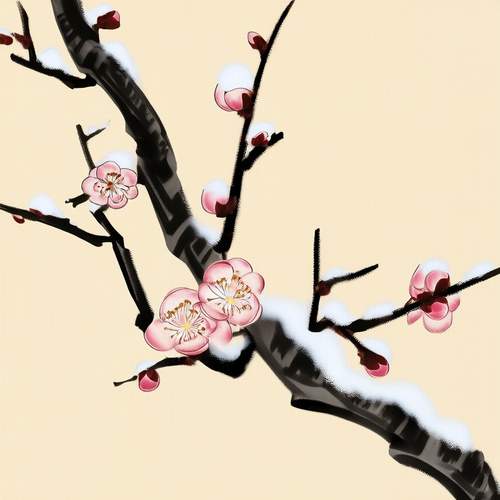
By /May 21, 2025
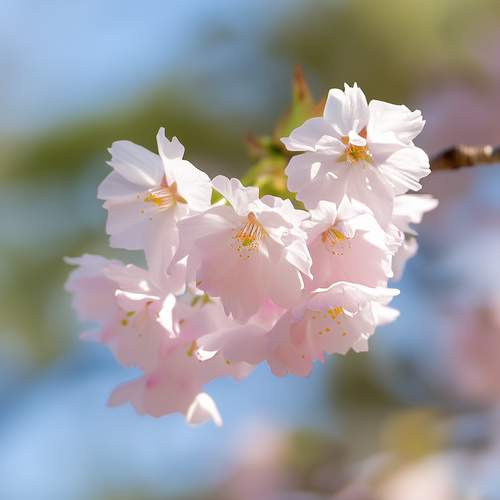
By /May 21, 2025
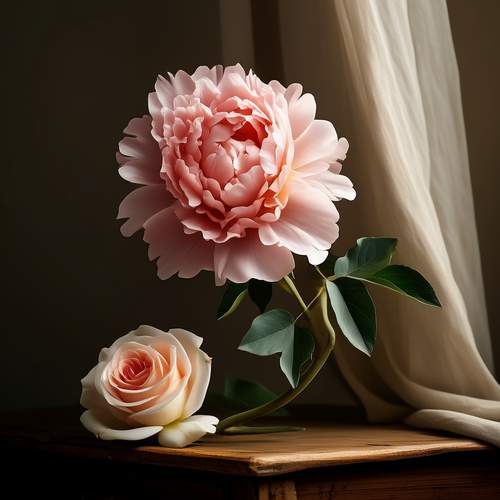
By /May 21, 2025
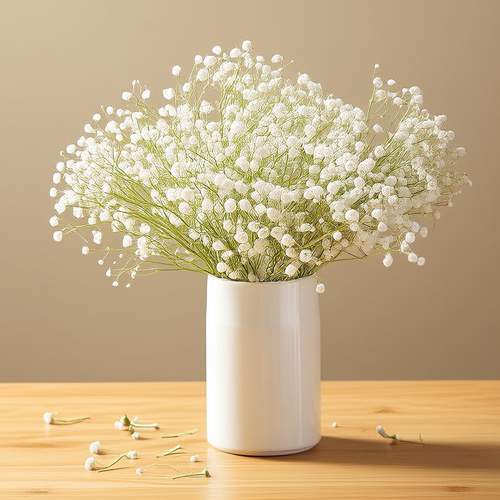
By /May 21, 2025
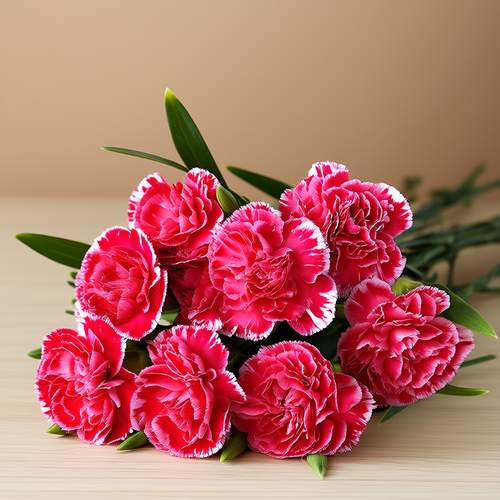
By /May 21, 2025
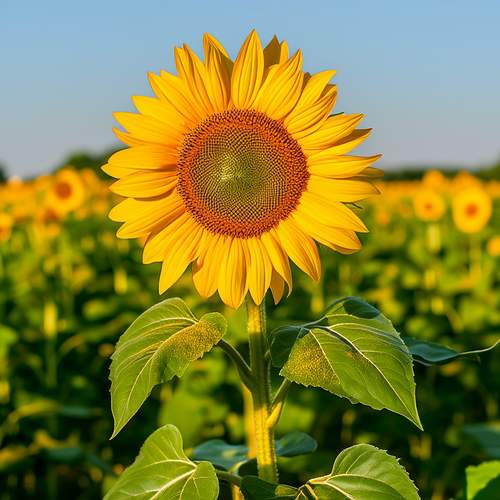
By /May 21, 2025
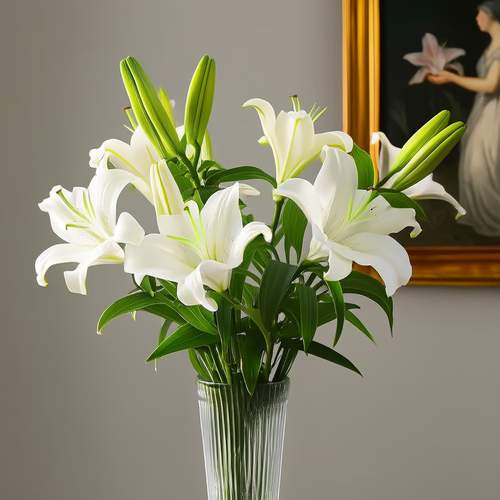
By /May 21, 2025
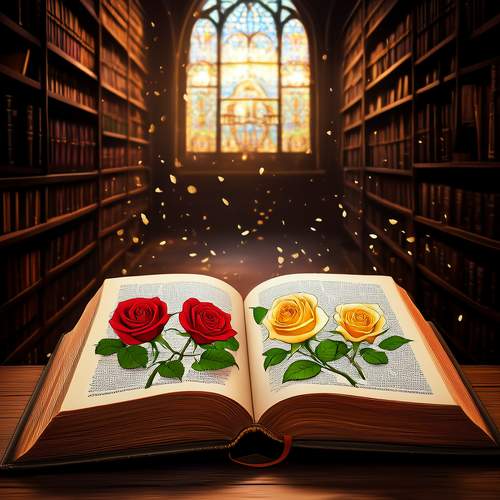
By /May 21, 2025

By /May 17, 2025

By /May 17, 2025

By /May 17, 2025

By /May 17, 2025

By /May 17, 2025

By /May 17, 2025

By /May 17, 2025

By /May 17, 2025

By /May 17, 2025

By David Anderson/Apr 29, 2025